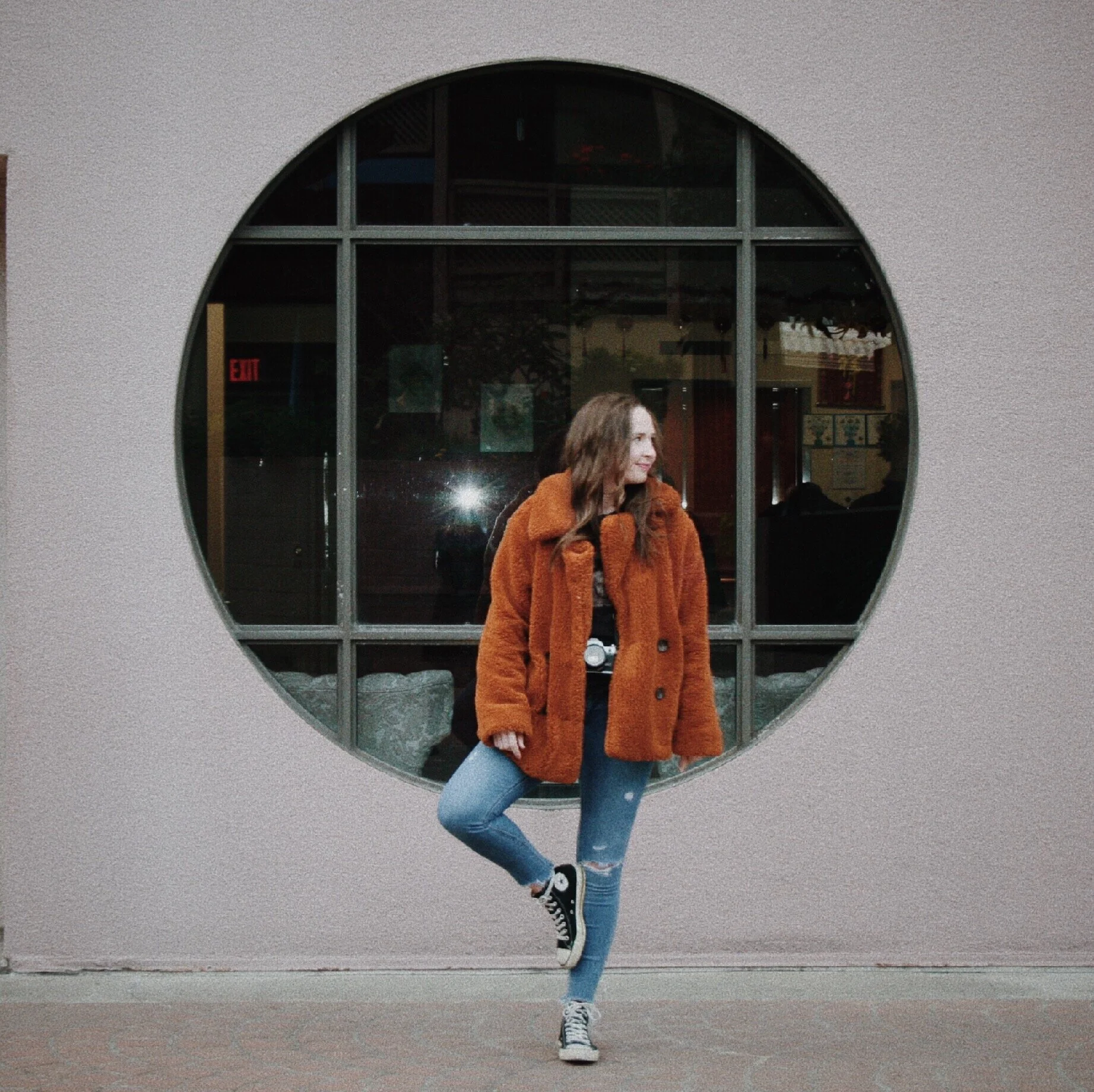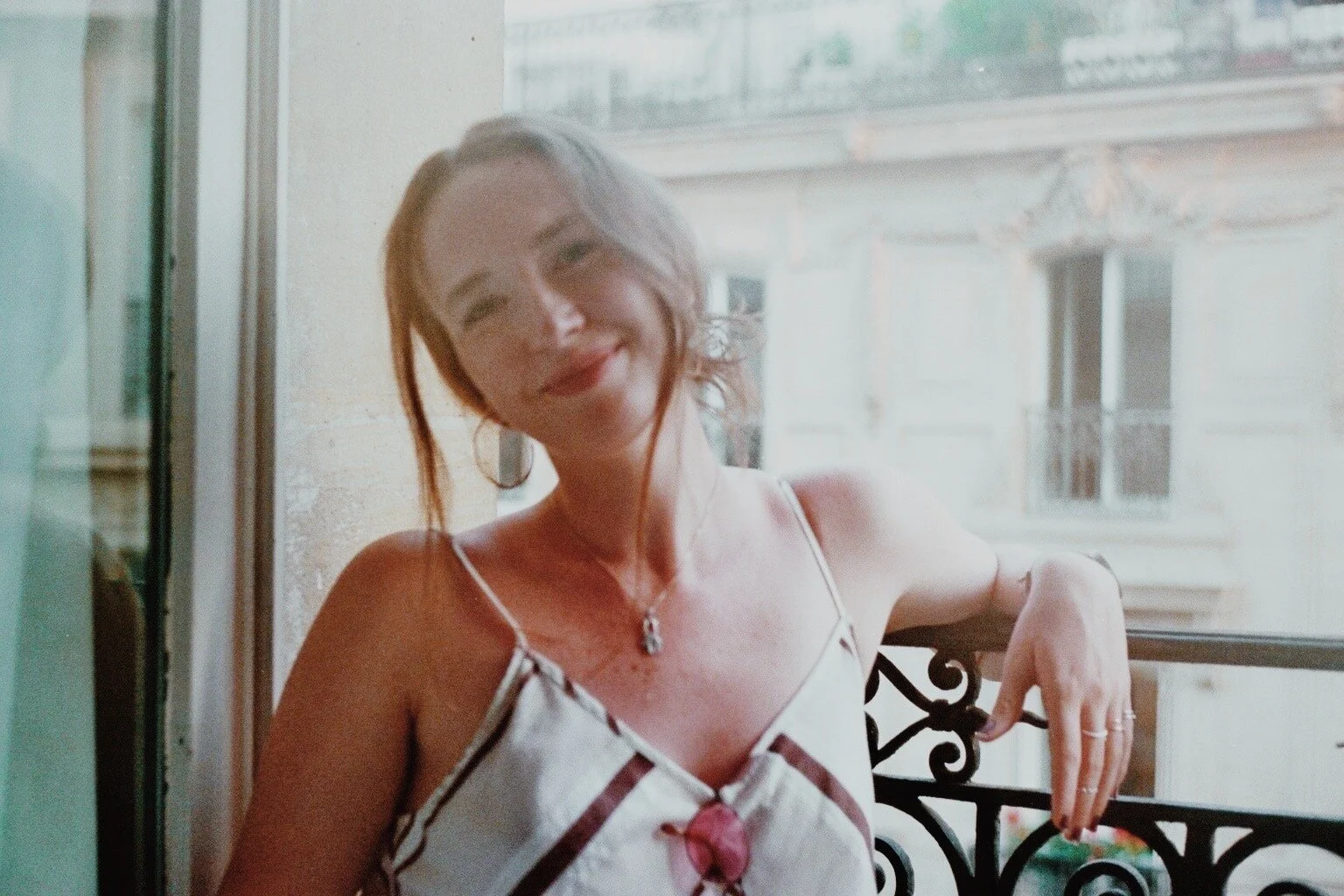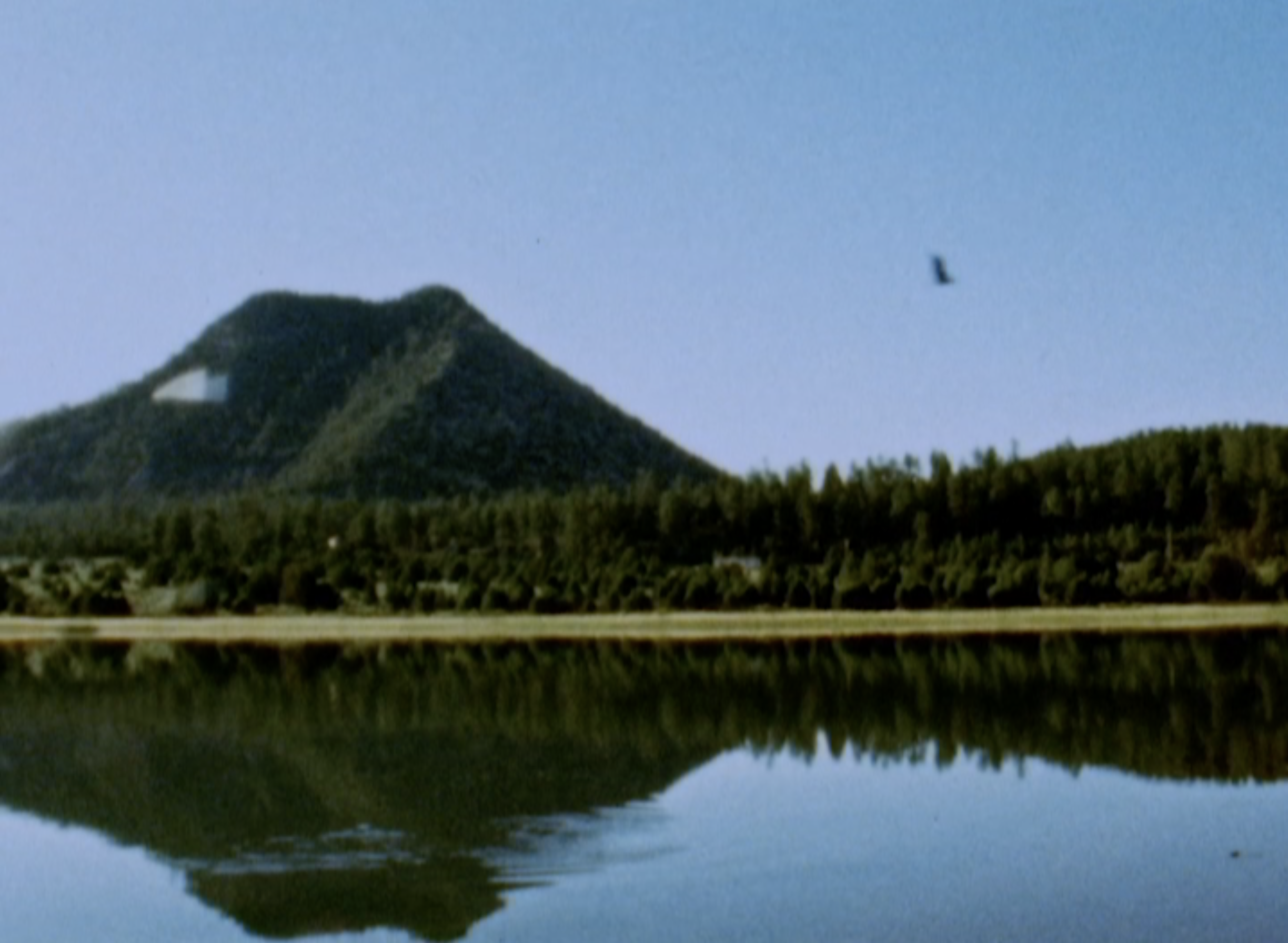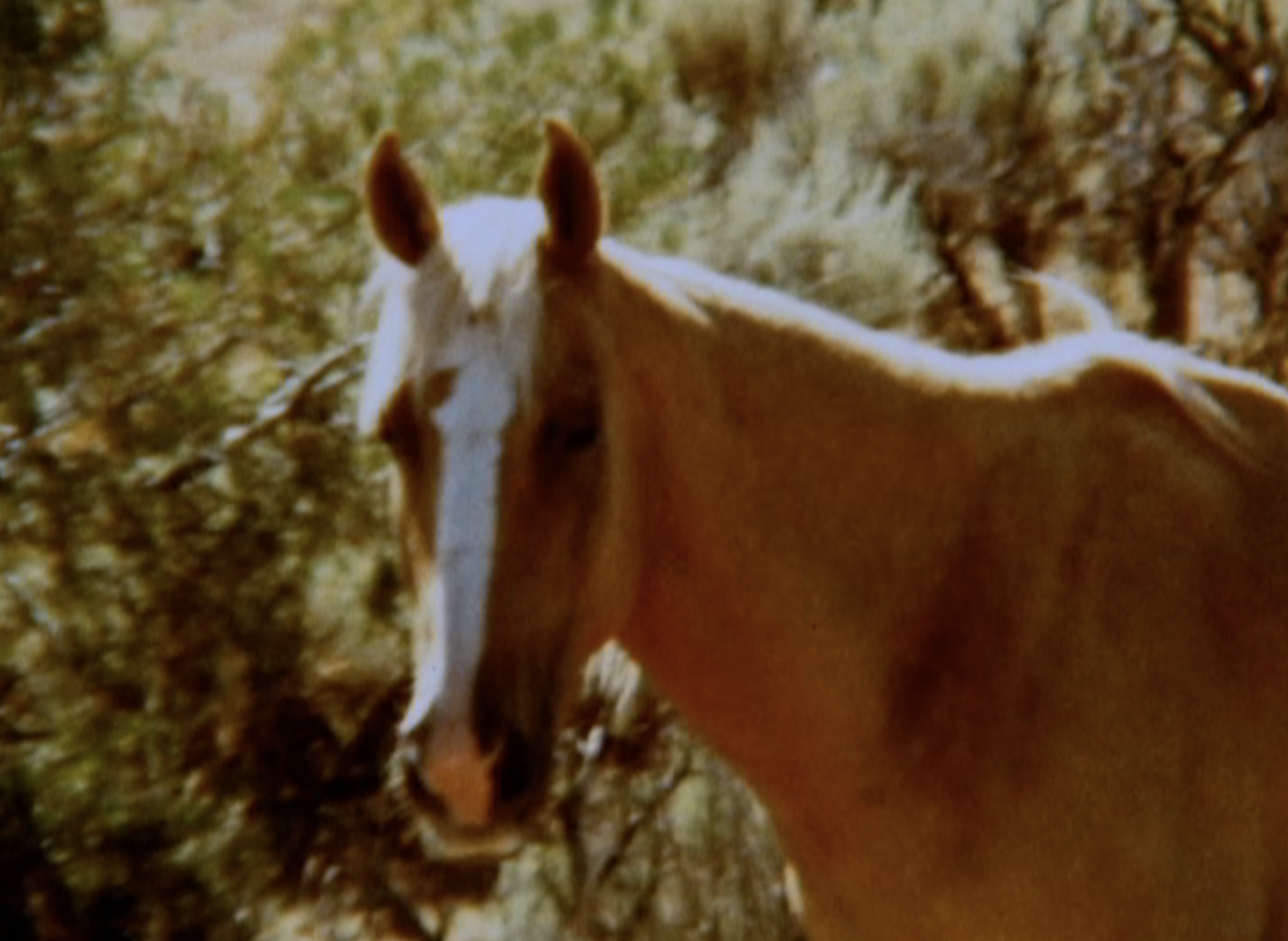
After the Sun Has Set (2020)
currently in pre-production
logline
A teenage Navajo girl secretly begins a journey off the reservation to Planned Parenthood where she must decide whether to spend her college savings on an uninsured abortion.
synopsis
One spring morning on the Navajo Reservation of New Mexico, a portrait of domestic tranquility is interrupted by the frantic movements of Deezbaa’ (Navajo, 16). As she quickly repacks her school bag with practical items, food, clothes, period pads, and a translucent plastic bag full of neatly stacked money, her mother comes into the house from the garden. In a storm, Deezbaa’ says goodbye to her mother and slips out of the house to go to a gas station. After waiting for a period of time, Deezbaa’ decides to call her boyfriend with the payphone by the mainroad. When it becomes apparent to Deezbaa’ that her boyfriend will not be able to drive or join her on this trip, she makes the decision to continue the journey alone. As the sun lowers in the sky, displaying golden hues on the land, Deezbaa’ desperately attempts to wave down a car to hitchhike the last leg of the journey. When a strange man (Navajo, 40s) picks her up, they begin a relationship that lasts until the final moments before Deezbaa’ enters the Planned Parenthood. As they sit in the parking lot, the driver and Deezbaa’ share an intimate conversation on the choices we make, and how to accept the dark after the sun has set.
director’s statement
I had access to sex education beginning in middle school, condoms were provided at no cost in high school and college, I have private health care, and have never struggled to get a meal in my mouth on a given day. This, unfortunately, is more than most native women can say. I am a young white woman of privileged upbringing, and this is why America needs to see a film about the discriminatory lack of abortion rights for indigenous women.
When the American government seized native lands, it promised civilian rights to the new Native American citizens. One of the main privileges of citizenship is healthcare; Indian Health Service (IHS) was established by the government and is now the leading healthcare for native people, serving over 2.5 million people.
Now, according to Guttmacher Institute, the leading research organization for sexual and reproductive rights, 1 in 4 women will receive an abortion before the age of 45. This means if you have a sister, mother, aunt and girlfriend, statistically, one of them has or will receive an abortion in her life; this statistic, of course, increases in areas of poverty, which lack sufficient sex education and access to contraception. This overwhelming statistic makes evident how common and necessary choice is for the emotional, financial, and physical security of the mother and unborn child; however, one race in the United States is not given the opportunity to pursue this option: indigenous citizens.
In 1976, the Hyde Amendment was born. Never heard of it? That’s not surprising because the main people it affects are indigenous women in America. The Hyde Amendment stipulates that federal funds can not be used to perform abortions, unless there is sufficient proof of severe circumstances: endangerment to a woman’s life, or pregnancy due to rape or incest.
So, what does it mean for those who have to rely on government health care, like the 2.56 million people on IHS? It means no coverage for abortion. No choice. No help.
Historically speaking, native women’s reproductive health has been long abused and exploited by the whims of the American government and the men who run it. For example, few know that the Nixon Administration confessed to sterilizing native women through coercion and complete lack of consent, and pursued sterilizing full-blooded native women over mixed race women. According to an investigation run by the Indigenous Women Rising in New Mexico, the youngest woman who was violated was only 10 years old in the 1990s.
The topic of abortions is a very sensitive, divisive conversation in any circumstance, especially when one takes into account that there is no word for ‘abortion’ in the Navajo language. However, when one is not given even the ability to access resources that provide the opportunity for a choice either at the point of conception or after solely because of one’s race and socioeconomic status, there is injustice done to more than America.
We need this film because a woman’s body should not be politicized, economized, or vandalized in any circumstance, especially when it comes to discriminatory, racist behavior against indigenous women.
Let’s talk stats and facts
1 in 4 American women will receive an abortion by the time they turn 45.
Guttmacher Institute, 2014
read the article2.56 million American Indians and Alaska Natives use IHS.
IHS (Indian Health Service)
read the articleOver half (52%) of Navajo women in New Mexico experience unplanned pregnancies.
NEC (Navajo Epidemiology Center) May, 2016
read the articleNearly half (46%) of native women have their first child before the age of 20.
Indian Country Today
read the articlewhat does this all mean?
About half of the native women who are getting pregnant are young, from impoverished socioeconomic circumstances, and are not actively trying to start a family. With the Hyde Amendment, none of these women are being provided with adequate healthcare which would perform this procedure, or even provide the choice to choose. A quarter of American women are exercising their right to choose, but native women are being exploited and forced to either have a child in a time that does not work for them, spend an unrealistic amount of money on an uncovered procedure, or pursue unregulated abortion tactics.
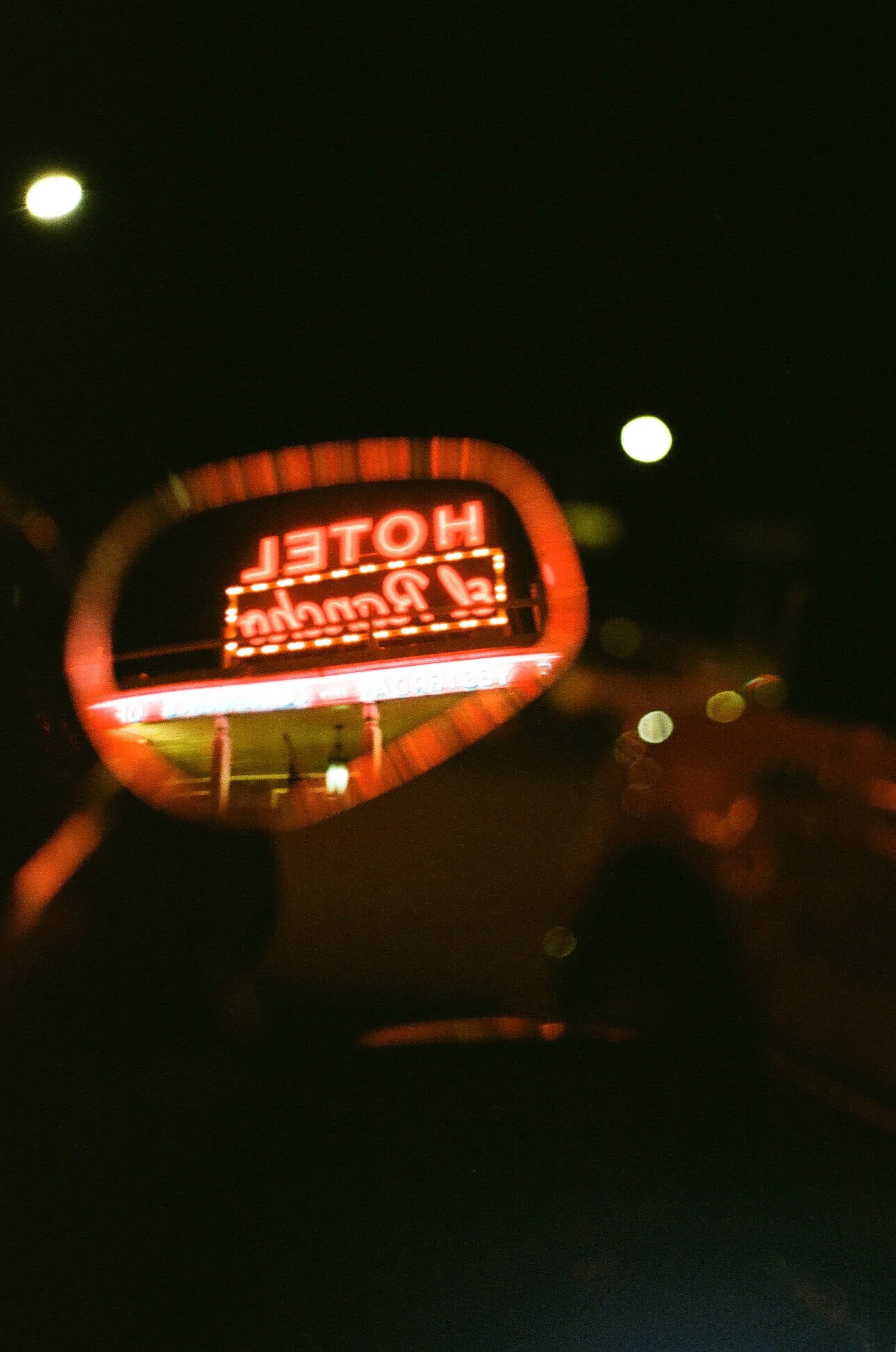



meet the team
GILLIAN HENRY
Writer & Director
Gillian Henry is a writer/director from southern California. After graduating from NYU with a degree in Film and TV Production from Tisch, School of the Arts, Gillian followed her thesis film, “The Last Breath of Spring,” to its premiere at Academy-Award qualifying HollyShorts Film Festival. Previously, Gillian has worked on Walt Disney Studios “The Lion King,” (2019), as well as an upcoming film from Marvel Studios, which is set to release in 2021. In addition to her work in motion picture, Gillian also works as a photographer, and has shot for numerous brands: including feminist jewelry company Shiffon Co., The Clear Cut, and Break the Love.
GIL HENRY
Executive Producer & Producer
It all begins with an idea. Maybe you want to launch a business. Maybe you want to turn a hobby into something more. Or maybe you have a creative project to share with the world. Whatever it is, the way you tell your story online can make all the difference.
JENNIFER WHEELER
co-producer
coming soon…
MANUELITO WHEELER
co-producer
coming soon…
LINHAN ZHANG
co-producer
Linhan Zhang graduated from NYU’s Tisch School of the Arts Film and TV Production program. He is the co-founder of New York based development/ finance company, Bering Pictures, which specializes in the production of short films and documentaries. His projects has been official selections at more than 50 Academy-Award qualifying film festivals and have been distributed online on HBO, the New York Times Op-Docs, and more. Linhan was one of the fifteen Sundance Ignite Fellows for the 2017-2018 class, and is one of the twenty current recipients of the Adobe Creativity Scholarship.
crowdfunding
$20
Afternoon
When you donate $20 to the GoFundMe campaign, you receive a digital copy of the finalized poster.
$100
Evening
When you donate $100 to the GoFundMe campaign, you receive a digital copy of the finalized poster, as well as a digital cut of the film.
$1,000
Night
When you donate $1,000 to the GoFundMe campaign, you receive an Associate Producer credit, a digital cut of the film, as well as a finalized poster.

